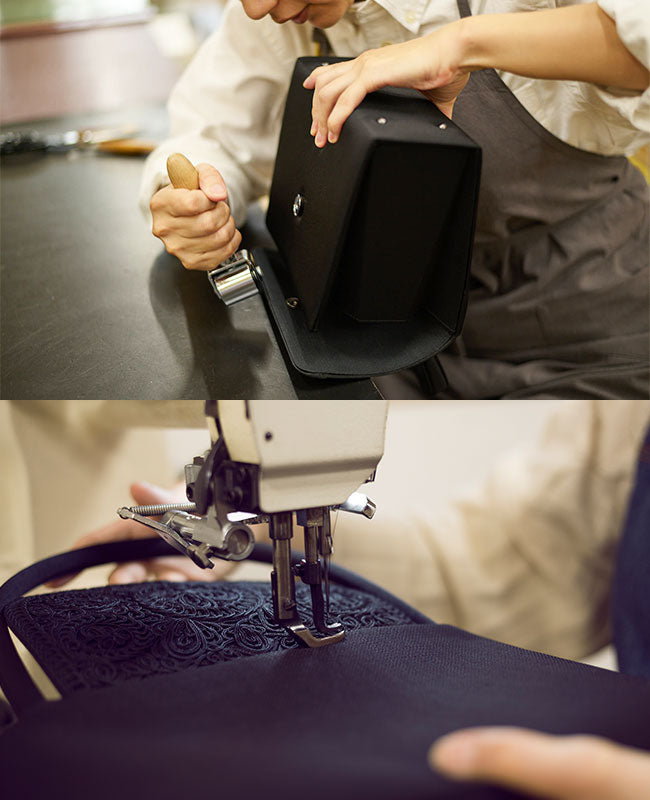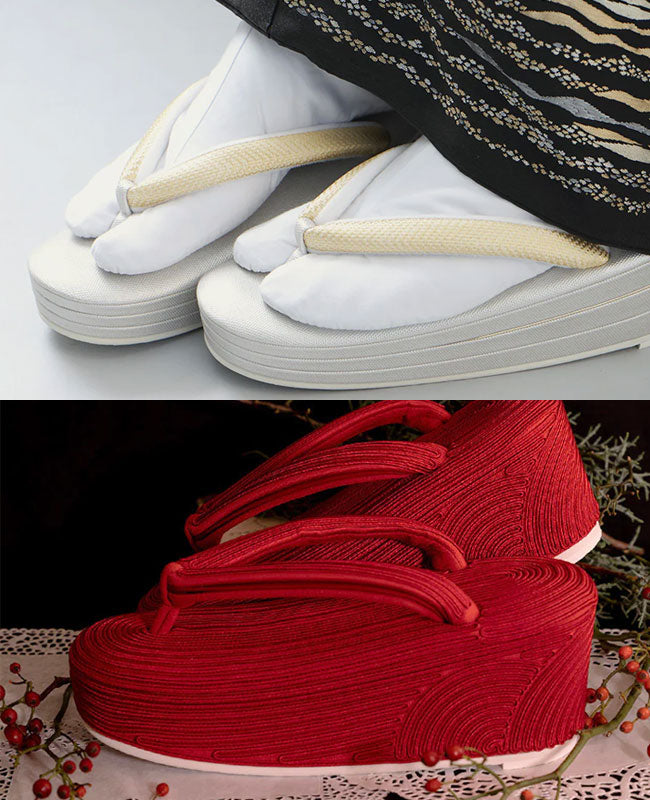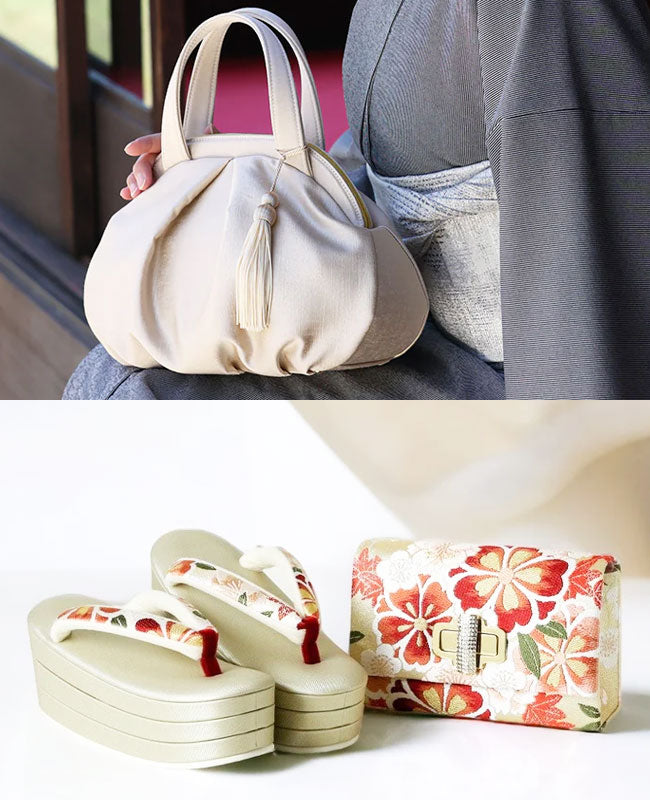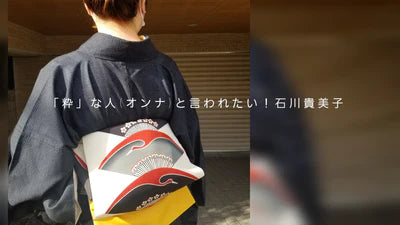モノづくりにかける情熱と細やかな職人技
人の手によるものづくりと、日本ならではの美しさを真摯に追求し、お客様の心に届く商品をご提案いたします。

 詳しくはこちら
詳しくはこちら

Part 5: The scent of kimono
When you think of the scent of a kimono, many people probably associate it with a scent bag.
In the past, insect repellents used to contain camphor and had a strong smell, but now there are many odorless insect repellents available.
However, I feel that stylish people like the scent, which is a little sweet and smells like powder. (I'm biased!)
Transferring scents to kimono became popular among the aristocrats from the Heian period.
Each family has its own basic scent, and it seems that you can tell "it's from XX family" just by the scent. (It also appears in The Tale of Genji!)
Both back then and in modern times, fragrant wood is very precious and expensive, so even if the basics were there, there were some ingredients that were not available when blending, so the blends were sometimes slightly different.
Even now in the Reiwa era, fragrant wood is still very expensive as it is imported from overseas, but it is easier to obtain than in the past.
However, there are many incense shops in Kyoto, and you can get a variety of scent bags online, but there are so many that it can be difficult to find the scent you like, but it is also fun.
I recently discovered that the smell that came from my mother's kimono was actually a scented bag that was used as an incense and insect repellent, and now I'm buying and using the same one.
Scent is also something that brings back memories.
I'm sorry for the smell of camphor, but the scent of incense is really good, and the other day I was excited when Mr. Ishikawa told me that it smells good!
Why not try finding your own scent?















Leave a comment
This site is protected by hCaptcha and the hCaptcha Privacy Policy and Terms of Service apply.